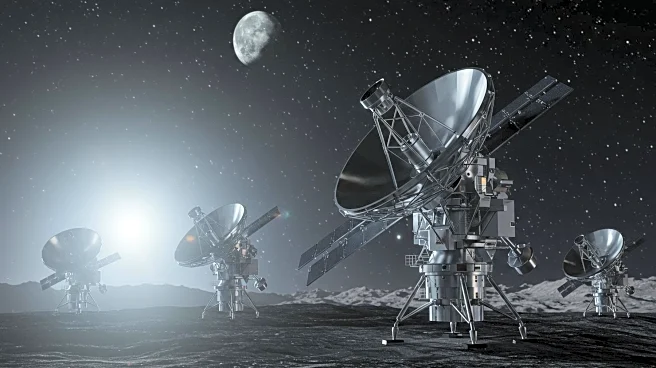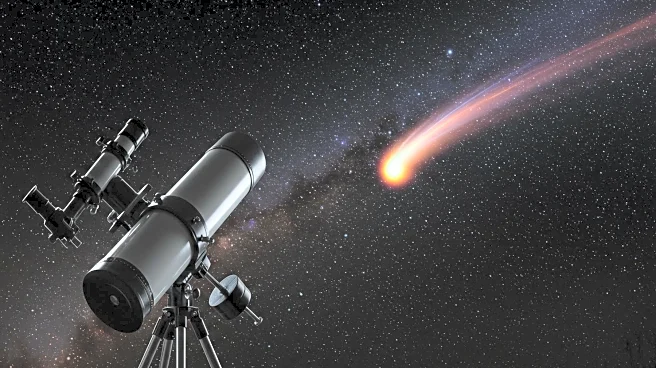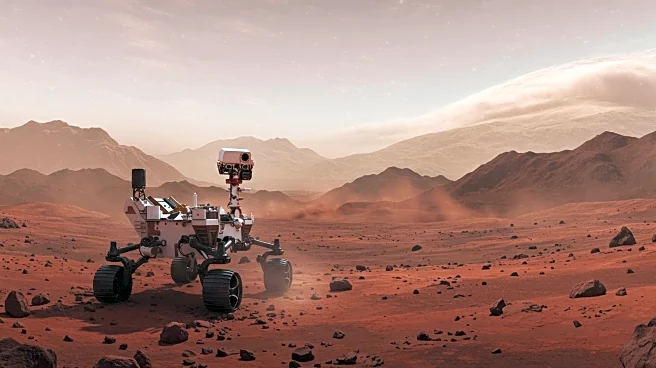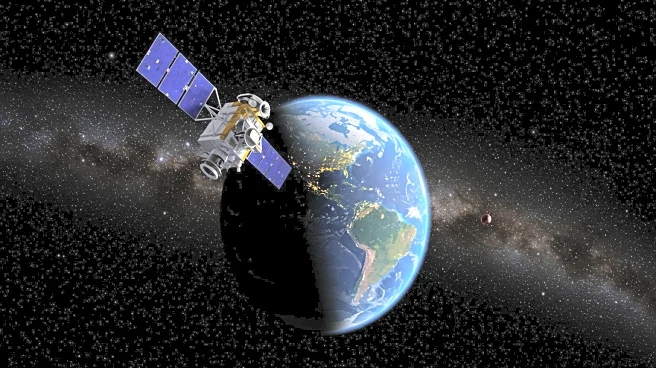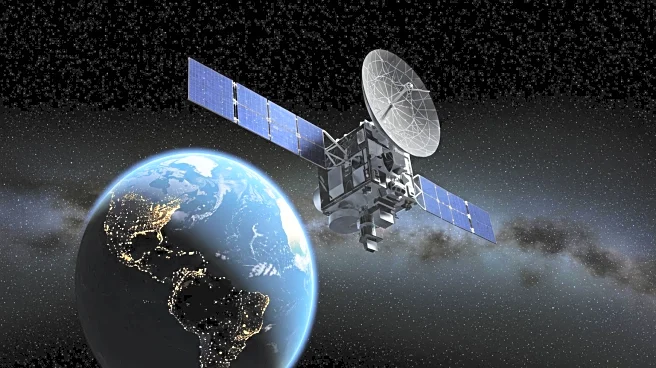What's Happening?
NASA, in collaboration with IBM, has launched the Surya Heliophysics Foundational Model, an AI system designed to analyze solar data and predict space weather. The model utilizes 14 years of observations from NASA's Solar Dynamics Observatory to forecast solar flares and other solar activities that can impact satellites, power grids, and communication systems on Earth. Surya's preliminary results show a 15% improvement over existing benchmarks in solar flare forecasting, providing early warnings to satellite operators and predicting the Sun's ultraviolet effects on Earth's atmosphere. The model is available for open access on HuggingFace and GitHub, encouraging further exploration and innovation.
Why It's Important?
The development of Surya is significant as it enhances the ability to predict space weather, which poses risks to technology-dependent systems. Solar storms can disrupt GPS signals, satellite communications, and power grids, leading to potential outages and increased radiation exposure for high-altitude flights and astronauts. By improving solar flare predictions, Surya helps mitigate these risks, ensuring the safety and reliability of critical infrastructure. The model's adaptability across scientific domains also sets a precedent for using AI in other areas of research, potentially leading to breakthroughs in planetary science and Earth observation.
What's Next?
NASA plans to continue refining Surya and integrating data from other observatories, such as the Solar and Heliospheric Observatory and the Parker Solar Probe. The agency aims to expand the model's applications, including tracking active solar regions and predicting solar wind speeds. As Surya's capabilities grow, it may become a vital tool in space weather forecasting, protecting astronauts, spacecraft, and terrestrial technologies from solar activity. The ongoing collaboration with IBM and other partners will likely drive further advancements in AI-powered science tools.
Beyond the Headlines
Surya's development highlights the ethical and strategic importance of open-access scientific tools. By making the model and its datasets freely available, NASA fosters collaboration and innovation across the global scientific community. This approach not only accelerates research but also democratizes access to cutting-edge technology, allowing diverse stakeholders to contribute to and benefit from scientific advancements. The initiative underscores the potential of AI to transform scientific inquiry and address complex challenges in space exploration and beyond.




